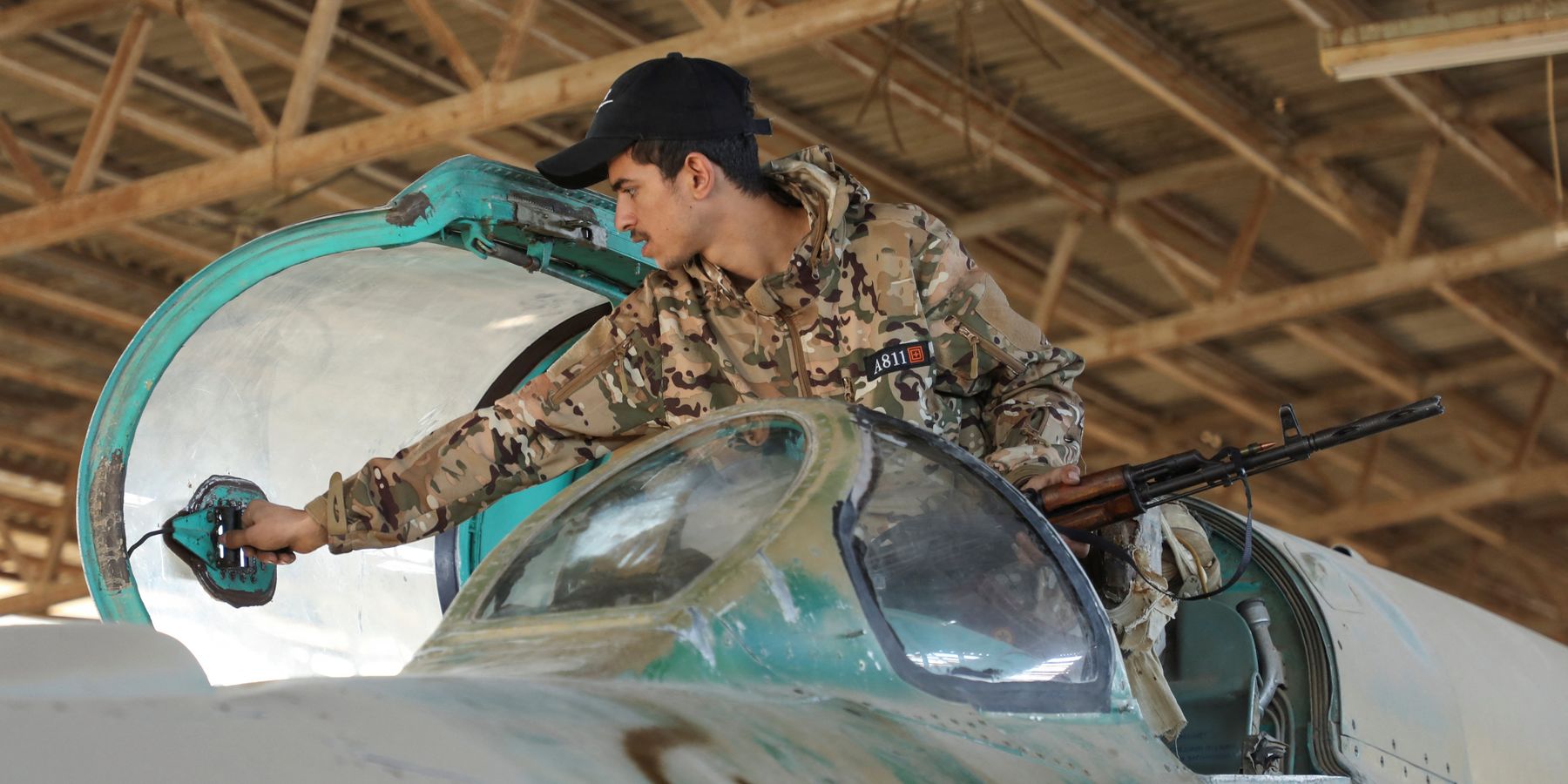The signing of an agreement between General Mazloum Abdi, the commander-in-chief of the Syrian Democratic Forces (SDF) and interim Syrian ruler Ahmed al-Sharaa on March 10 comes at a critical juncture. It follows nearly two weeks after Kurdish militant leader Abdullah Öcalan called on his followers in the Kurdistan Workers’ Party (PKK) to lay down their arms and dissolve the group.
Is there a connection between these two events?
Öcalan’s call for disarmament was not limited to the PKK but extended to “all groups.” Although Abdi distanced himself from this call, stating that it is “not related to us in Syria,” the Turkish ruling parties were quick to claim that Öcalan’s appeal includes the SDF. This assertion plays into Ankara’s long-standing strategy to equate the SDF with the PKK, thereby justifying its continued aggression against Kurdish self-rule in northeastern Syria, known as Rojava (Western) Kurdistan. According to Turkey, Öcalan’s call should lead to the dissolution of all PKK-affiliated groups, including those operating in the Şengal (Sinjar) Mountains in Southern Kurdistan (in Iraq). Ankara has long viewed the SDF as an extension of the PKK, justifying its repeated military interventions in the region. However, the persistence of these groups, despite Turkish pressure, underscores the broader resistance to Ankara’s influence across Kurdistani territories.
Turkey has consistently sought to dismantle Kurdish autonomy in Syria, aiming to establish a pro-Turkish administration in the region. The agreement signed by Abdi serves to counteract Ankara’s maneuvering. Although it does contain a provision about integrating “all civil and military institutions in northeastern Syria into the administration of the Syrian state, including border crossings, the airport, and oil and gas fields,” the merger of the SDF with the Syrian army does not outright imply disarmament. However, it strongly suggests that the SDF will no longer function as an independent entity. If all “civil and military institutions” are to be integrated into the Syrian army, it casts serious doubt on the future of self-administration in the region. Additionally, the fate of Rojava’s unique political institutions remains uncertain.
The agreement also includes a commitment to a “ceasefire on all Syrian territories.” This is a crucial clause, particularly in light of recent massacres committed by Hay’at Tahrir al-Sham (HTS), the dominant force in Damascus. Alawite forces loyal to the ousted Assad regime had launched attacks against the government forces, prompting this retaliation, underscoring the necessity of such a provision. For the Kurds, this ceasefire is more than a political statement. It is a protective measure ensuring their survival under Rojava self-administration, which has been in place since 2012.
Another significant dimension of this agreement is the role of the United States. A U.S. helicopter shuttled General Abdi to Damascus to sign the memorandum. The presence of U.S. forces in SDF-controlled areas means that the implementation of any agreement must not put American troops at risk of confrontation with Turkey or Turkish-backed factions, including HTS and the Free Syrian Army (FSA). The FSA has long been a tool of Turkish influence in Syria, waging relentless attacks against Kurdish forces around Tishreen dam and Kobani since the fall of the Assad regime last December. Given this complex landscape, any agreement that preserves Kurdish autonomy while maintaining American support is a diplomatic success for the SDF. While Abdi’s maneuvering secures Kurdish protection, it may not align perfectly with the strategic goals of Israel, which has extended its support to the Kurds. However, none of the agreement’s provisions poses a threat to Israeli interests. Historically, the Kurds’ struggle for self-determination, either in form of autonomy or independence, has not conflicted with Israeli security concerns.
For Israel, a stable and secular Kurdish-controlled region is preferable to an Islamic Sunni regime aligned with Turkey or extremist factions. The prospect of a Turkey-backed Sunni Islamist government on Israel’s borders is a scenario Israelis would strongly oppose. Although the SDF-controlled areas do not share a border with Israel, unlike the Druze community to whom Israel has already committed to defending, the agreement ultimately does not undermine the broader strategic alignment between Israel and the Kurds.
The agreement is set to be implemented by the end of 2025, leaving a nine-month window during which developments in Syria’s volatile landscape could prompt adjustments. Given the absence of implementation guarantees, domestic or international, and the limited information about behind-the-scenes developments among all involved parties, various players such as Israel, Turkey, Iran, Russia, the UK, France, and Arab states such as Saudi Arabia, the UAE, Egypt, Qatar, and the interim government itself could push for modifications.
However, General Abdi’s pre-emptive engagement with Syria’s interim government is a strategically calculated maneuver, designed at least for now to block Turkey’s regional aspirations and efforts to disarm the Kurds and dissolve their self-rule. By ensuring a ceasefire and maintaining U.S. approval, the deal serves as a counterweight to Ankara’s plans. Although it introduces new variables into the regional equation, its ultimate impact could be positive in the long run. For this strategy to be truly sustainable and legitimate, any future political framework for Rojava Kurdistan should be carried out in direct consultation with the Kurdish people there.
This article was republished with permission by Foreign Policy in Focus
















